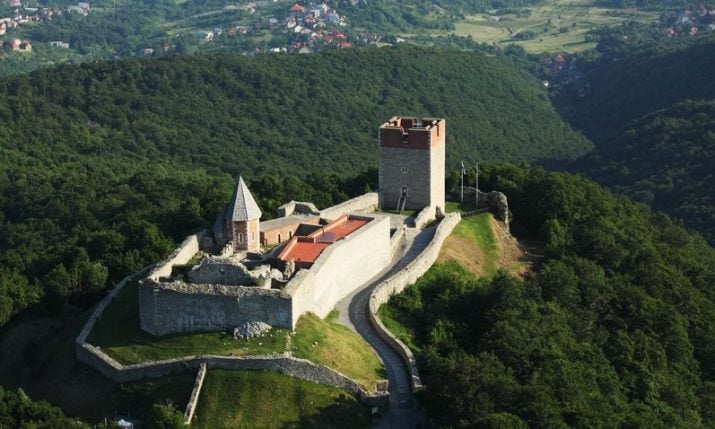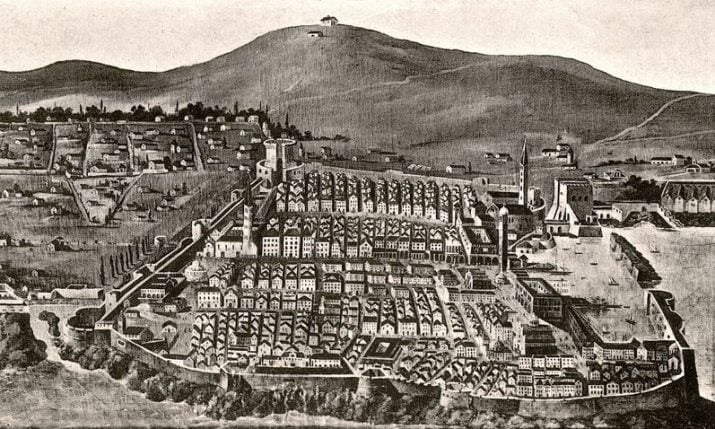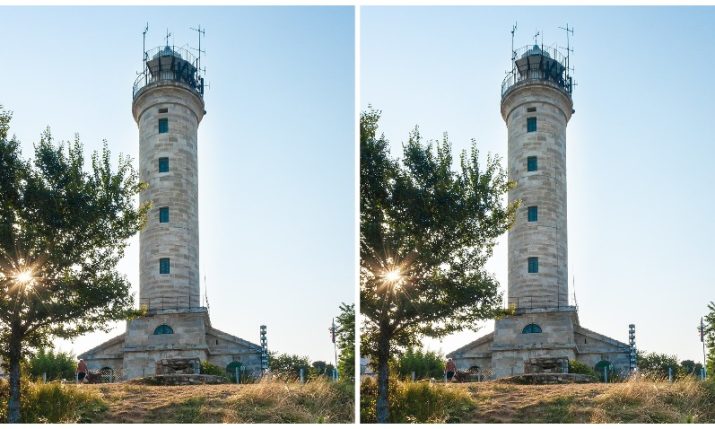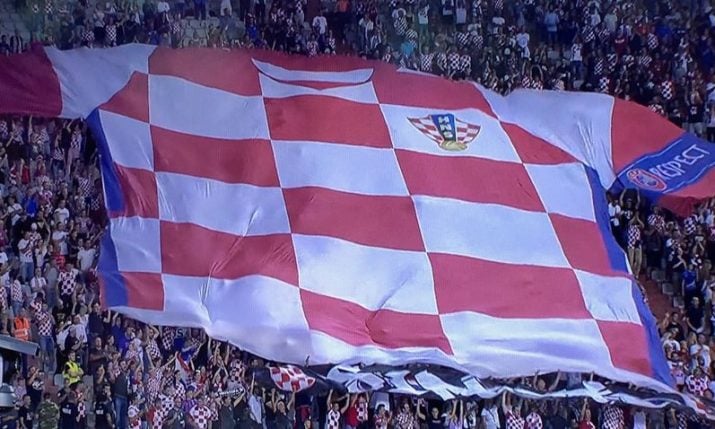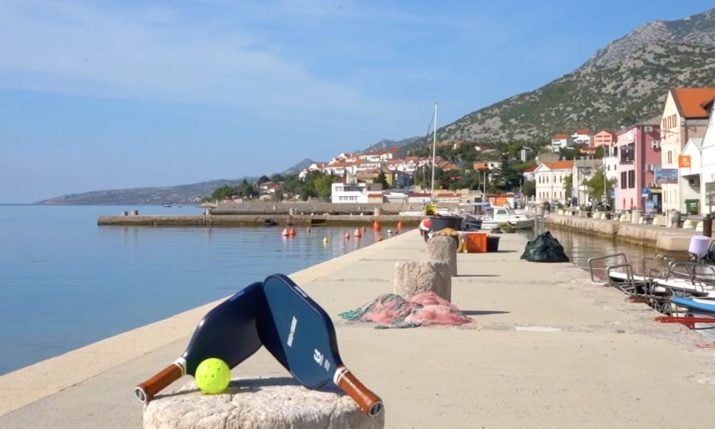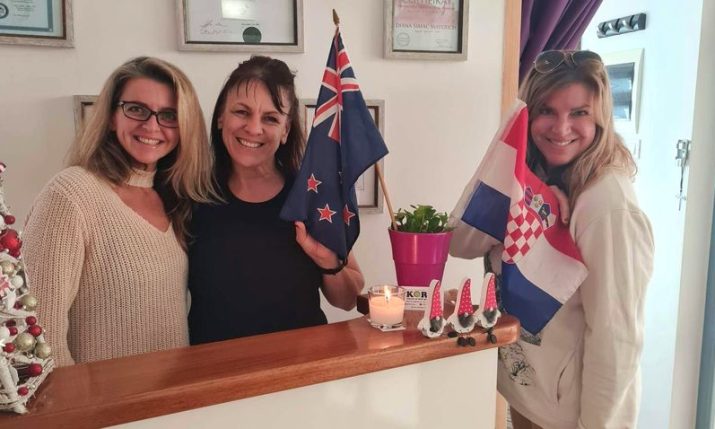Top 10 castles and palaces in Croatia
- by croatiaweek
- in Travel
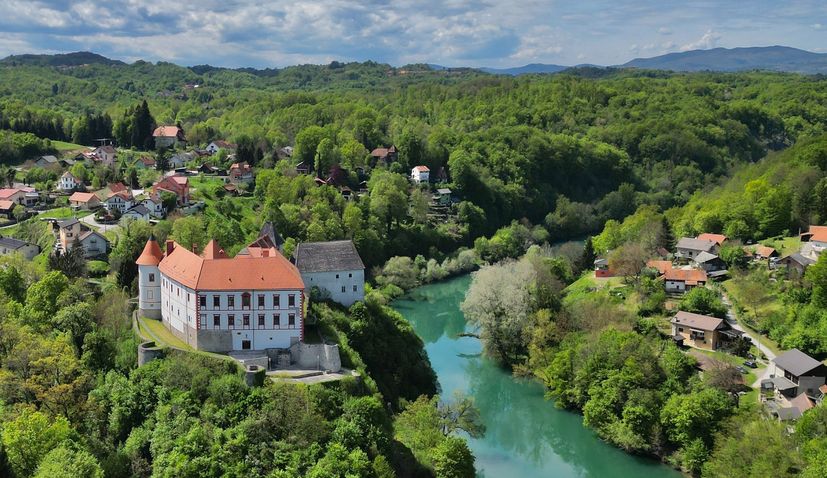
Ozalj
10 castles and palaces from Croatia were awarded the Golden Pin, an accolade presented by Google based on user reviews and ratings on Google Maps.
“After three successful years of running the Golden Pin project in Poland, we are proud to see it expanding to other countries, including Croatia. Croatia boasts a rich historical and cultural heritage, with a treasure trove of hidden gems waiting to be discovered and explored. The Golden Pin award is particularly special because, although we as a company present it, it is actually an acknowledgment from users and travellers who have visited these places.
Thanks to their engagement and reviews, we have honoured ten castles and palaces with Golden Pin figurines. I would like to extend my congratulations to all the winners once again and hope that even more people will be inspired to visit these incredible locations and appreciate their history and beauty,” stated Joško Mrndže, Google’s Regional Director for the Adriatic region.
Here are the awarded castles and palaces from Croatia:
DIOCLETIAN’S PALACE
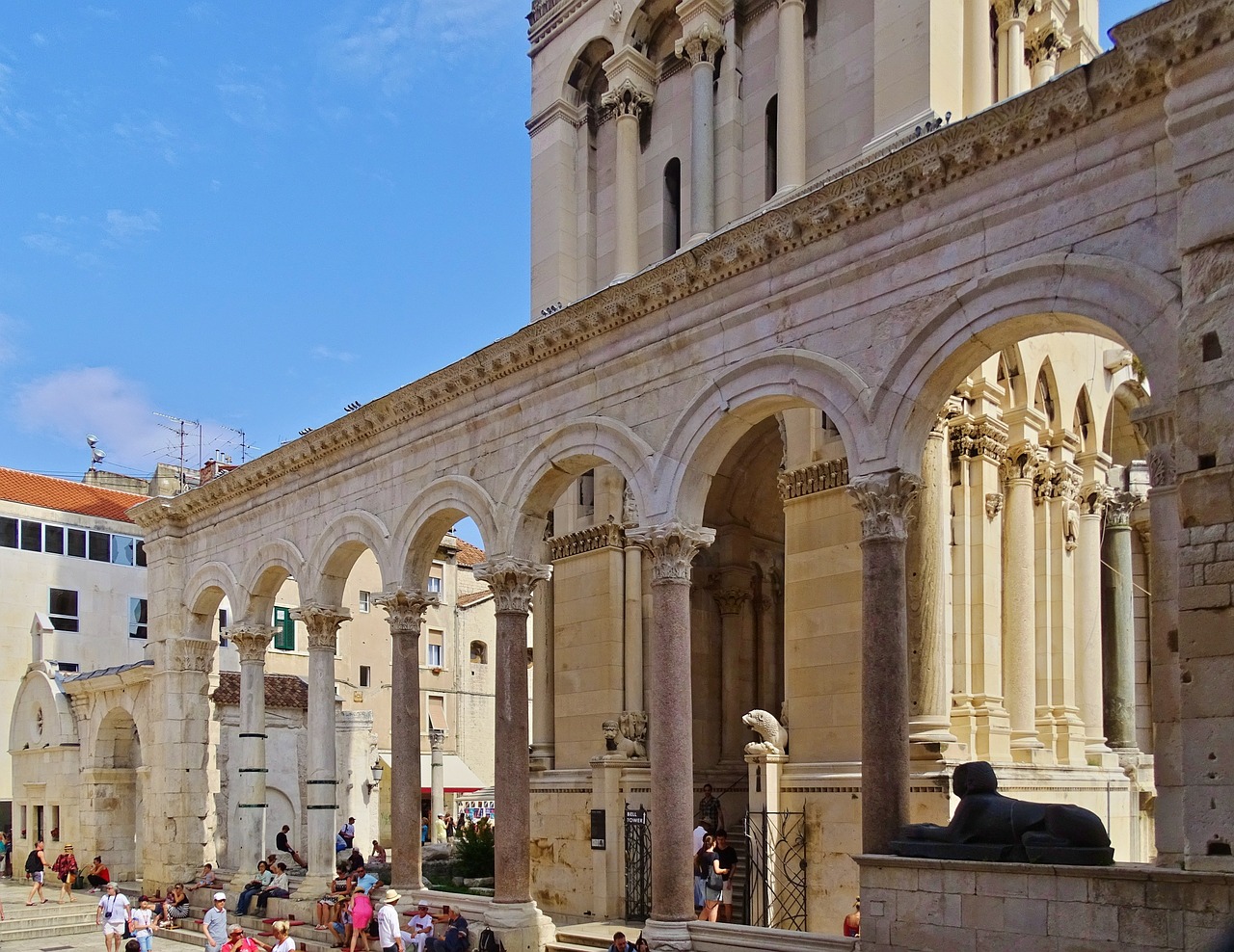
Diocletian’s Palace
It represented the imperial residence in Split, and was built around the year 300 by the Roman emperor Diocletian. The historical complex of Split with Diocletian’s Palace was included in the UNESCO list of world cultural heritage in 1979.
ELTZ MANOR
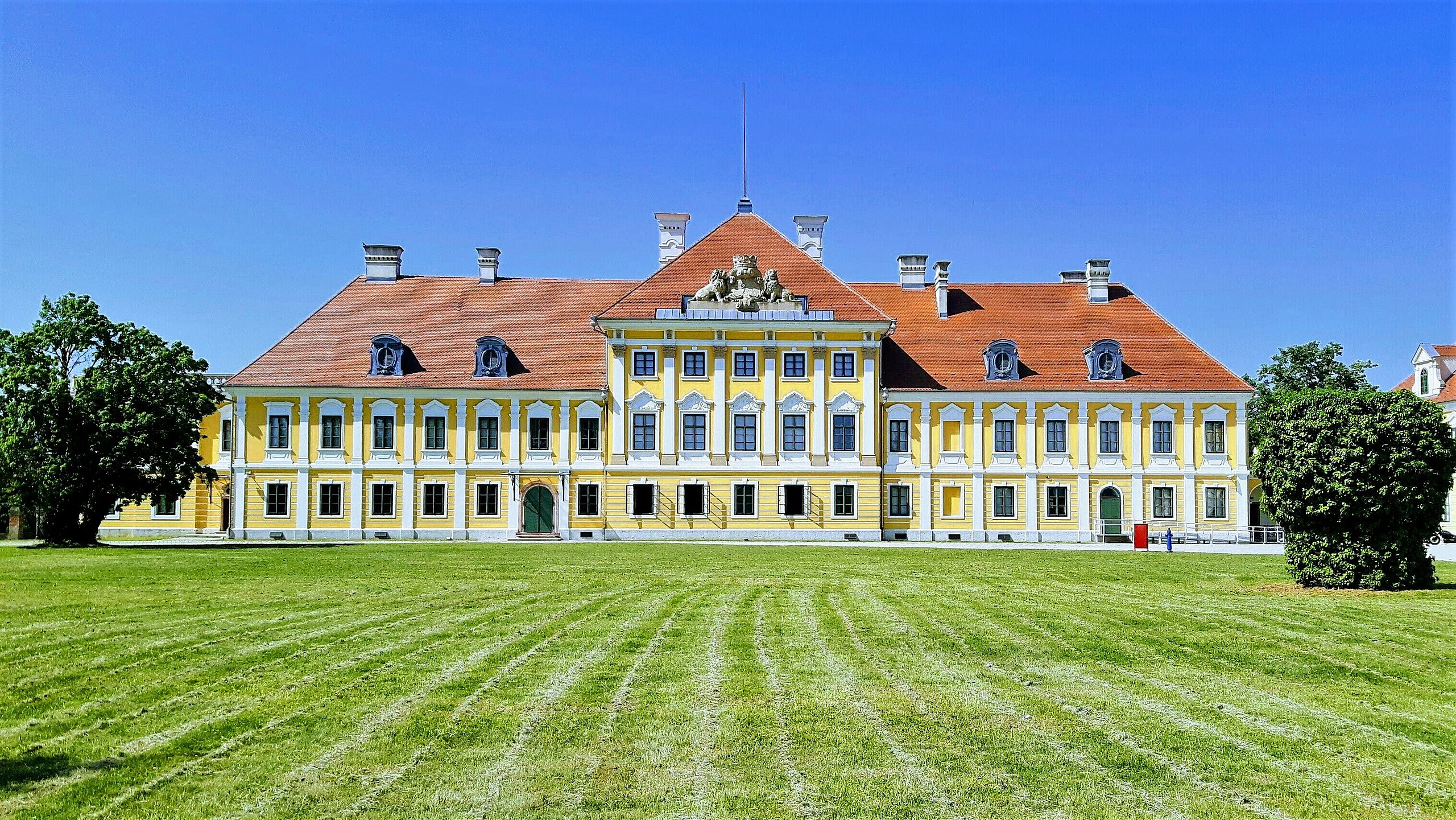
Eltz Manor (Photo: Stjepko Krehula/CC BY-SA 4.0)
Eltz Manor is a Baroque palace in Vukovar. The 18th-century manor is the location of the Vukovar City Museum.
TRAKOŠĆAN CASTLE
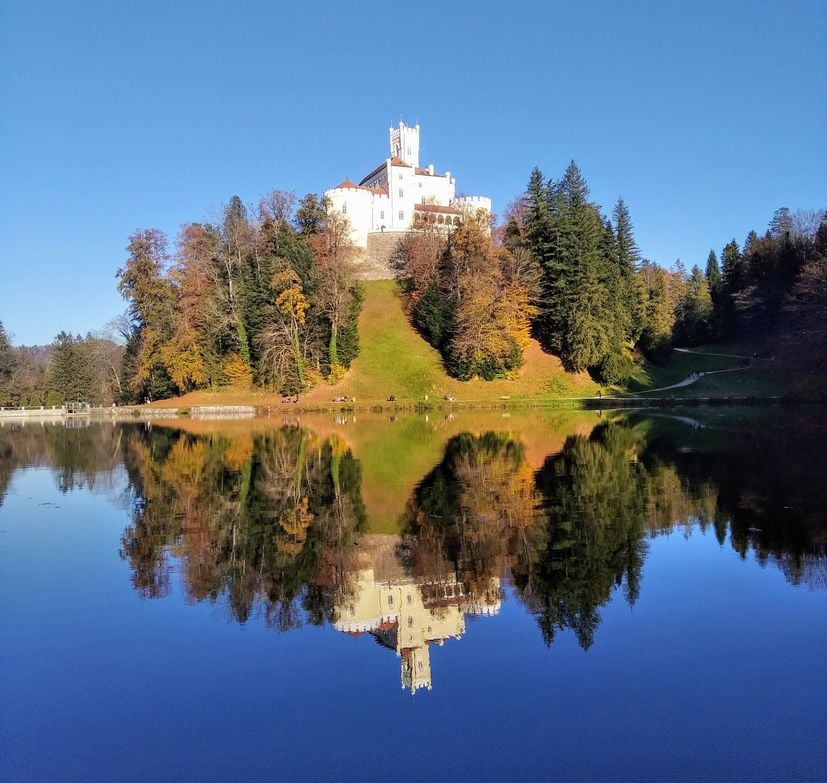
Trakošćan Castle
Located in northern Croatia, in the Varaždin County, back in the 14th century it was a small medieval fortress. In the 19th century, the Drašković family turned the castle into a residential manor-house in Neo-Gothic style, the surrounding landscape into a beautiful Romanticist gardens and the valley into a picturesque large lake.
VELIKI TABOR CASTLE
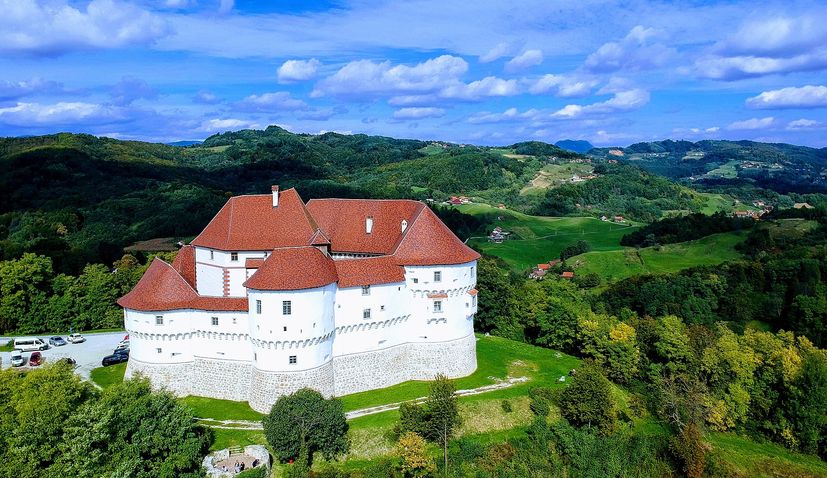
(Photo credit: Tomislav.sebalj/CC BY-SA 4.0)
This castle is located in Zagorje, near Desinić. This Medieval and Renaissance castle was built back in the 12th century, but its present appearance dates to the 16th century. Its exhibition includes old vehicles, ethnographic items, swords, paintings and pottery, as well as a description of its most famous owners, the Ratkaj family.
FRANKOPAN CASTLE – KRK
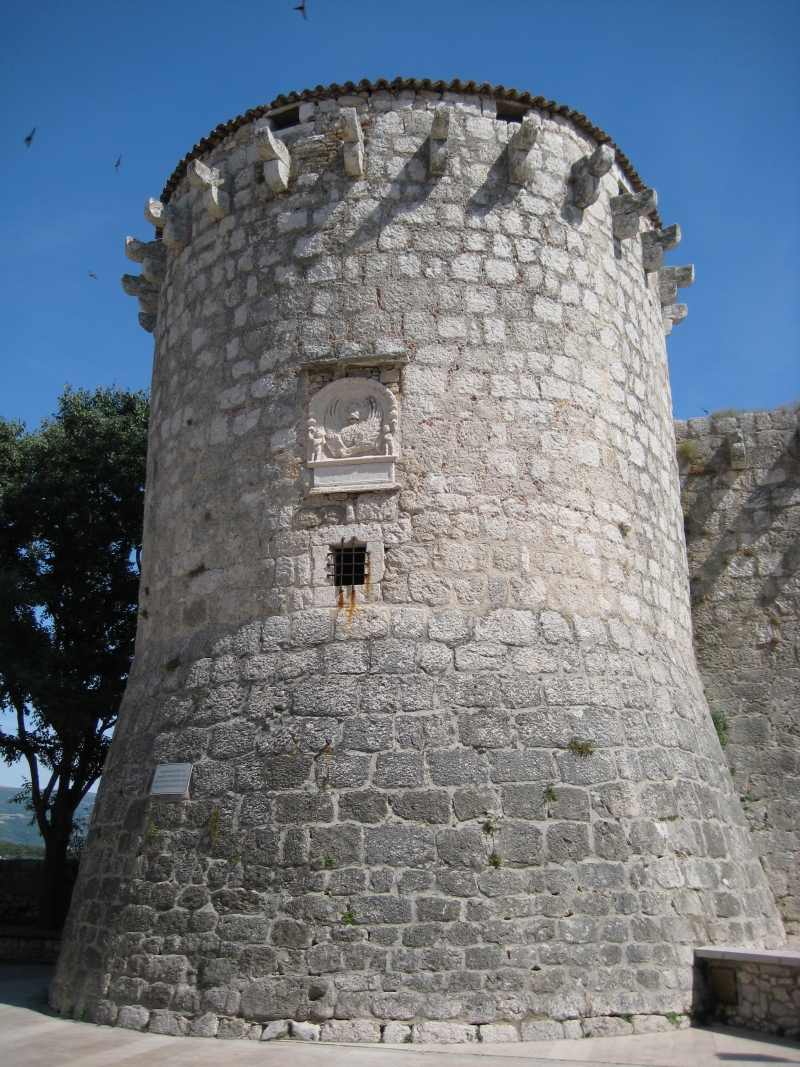
Frankopan Castle (Photo: Roberta F./CC BY-SA 3.0)
It was built by the Frankopani noble family from Krk, and today it can be viewed in its entirety by walking along the walls and viewing the interior of the castle.
KAŠTEL-MOROSINI-GRIMANI
It is located in the centrE of picturesque Svetvinčent and has been a symbol of the centrE itself for centuries. It was built in the 13th century, and today’s castle represents a form of late medieval construction with strongly emphasiSed Renaissance characteristics.
SPONZA PALACE
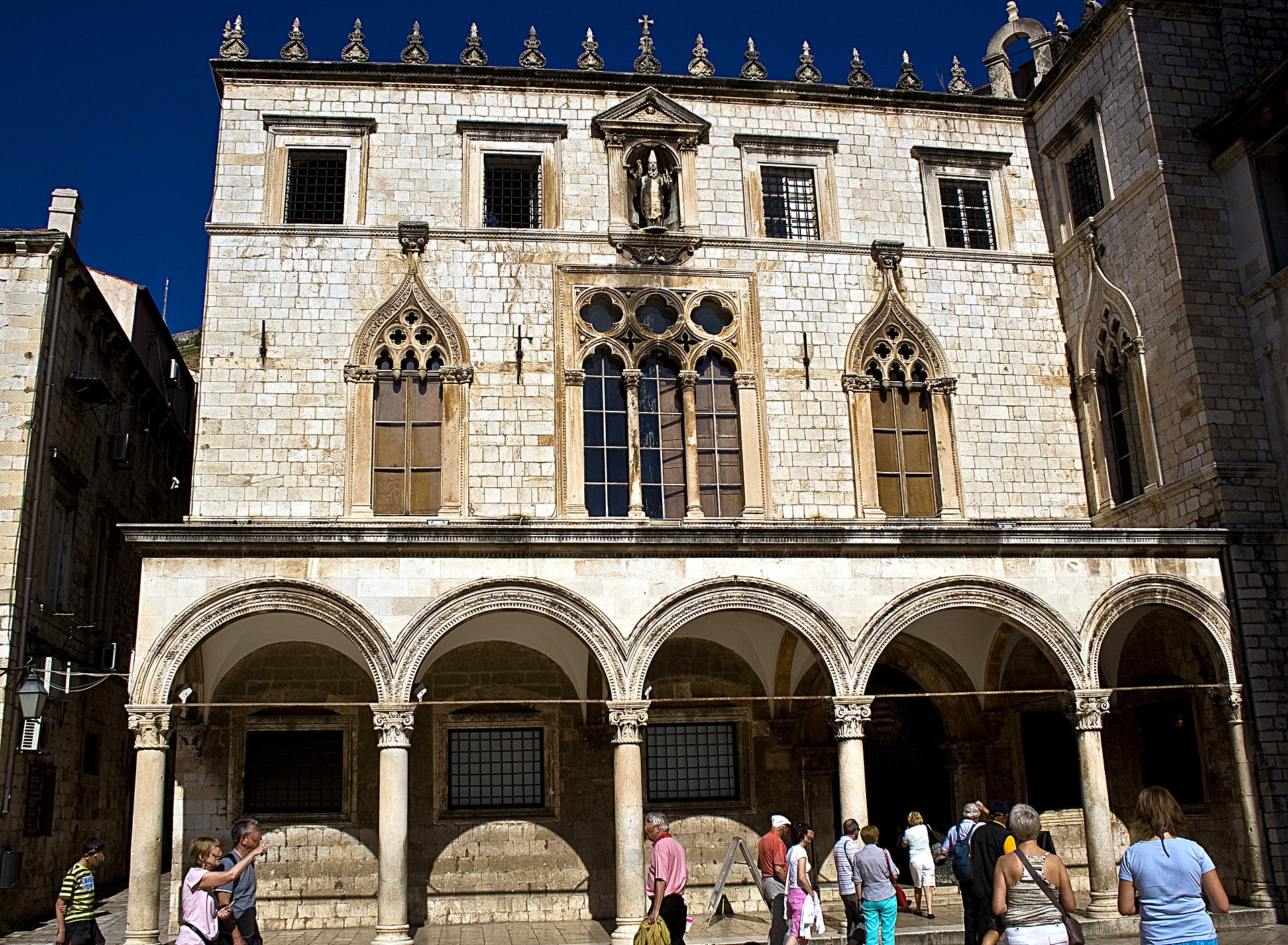
Sponza Palace (Photo credit: Hedwig Storch/CC BY-SA 3.0)
The most representative building of public importance in Dubrovnik still today preserves the most valuable archival material of the Dubrovnik area. The palace is especially precious because it has been preserved in its original form from the time of its construction until today.
ČAKOVEC OLD TOWN
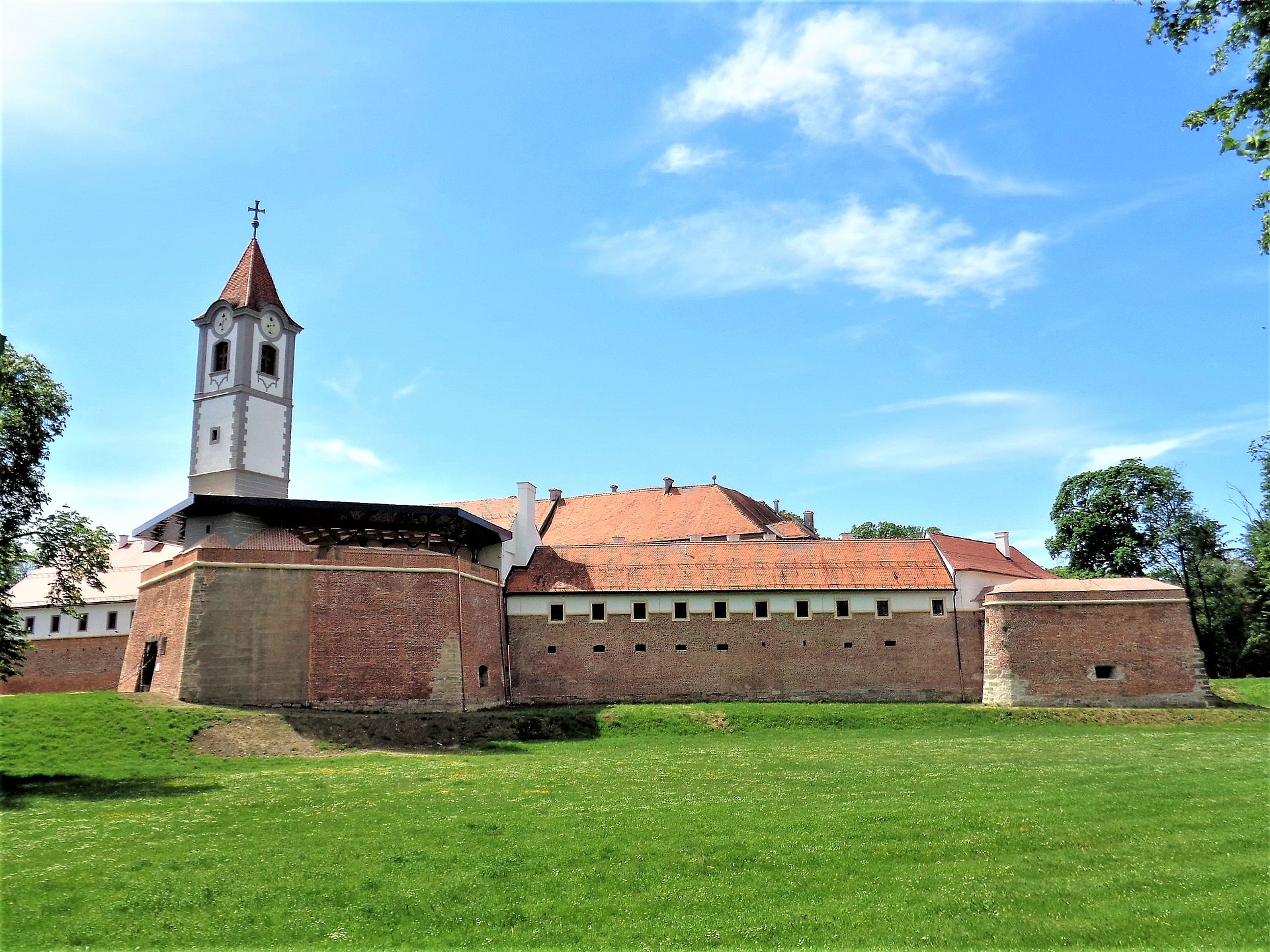
Čakovec (Photo credit: Silverije/CC BY-SA 4.0)
The most valuable cultural and historical monument in Međimurje. The old Renaissance palace was transformed into a monumental baroque castle, which today is a symbol of the identity and tradition of Međimurje County.
OZALJ CASTLE
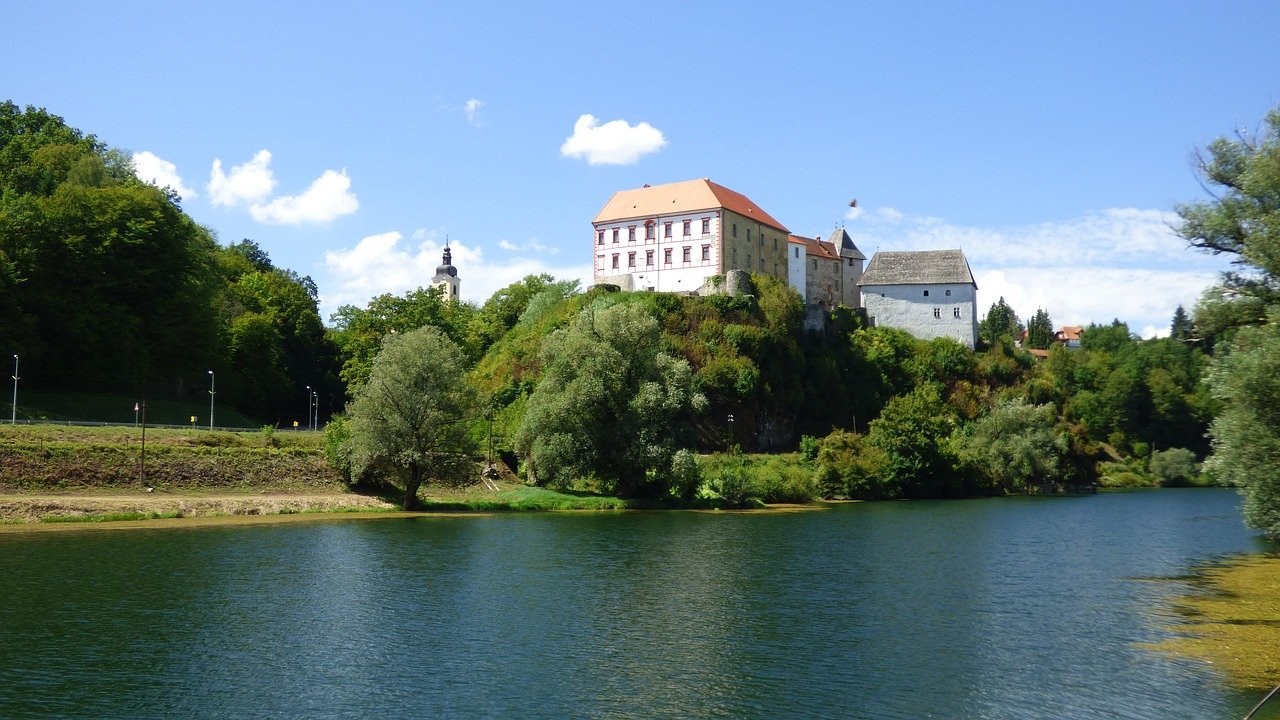
Ozalj Castle
The medieval town of Ozalj above the river Kupa was first built in the 6th century, but was converted into a castle and given the form we see today in the 18th century. The entrance to this beautiful castle is over a bridge that used to be a guardhouse. Many noble families lived here, including the Zrinski and Frankopan families. The castle is now a museum of architecture and art from the past centuries.
TRSAT CASTLE
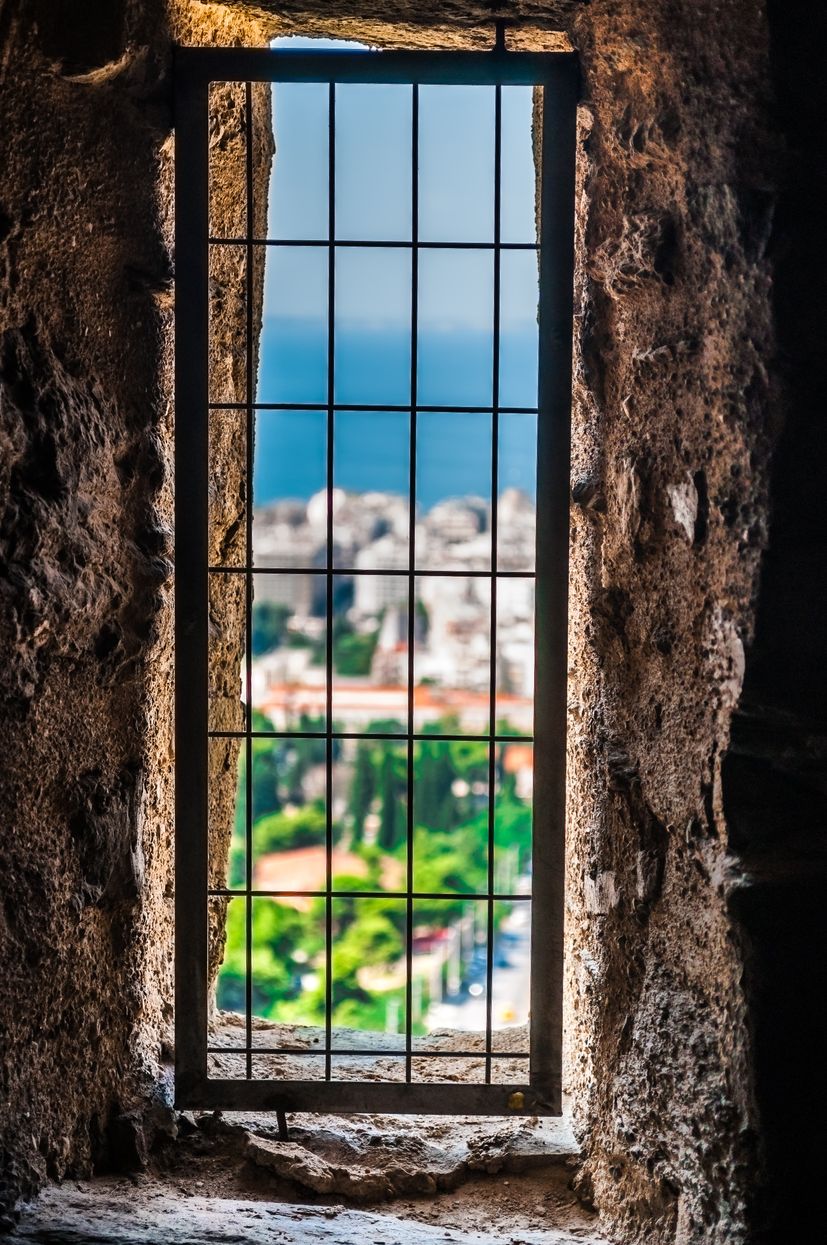
Trsat
One of the most visited and recogniSable symbols of the city of Rijeka. The castle has preserved features of early medieval construction, and today it is enriched with new contents and summer concerts and open-air theatre performances are often held there.

